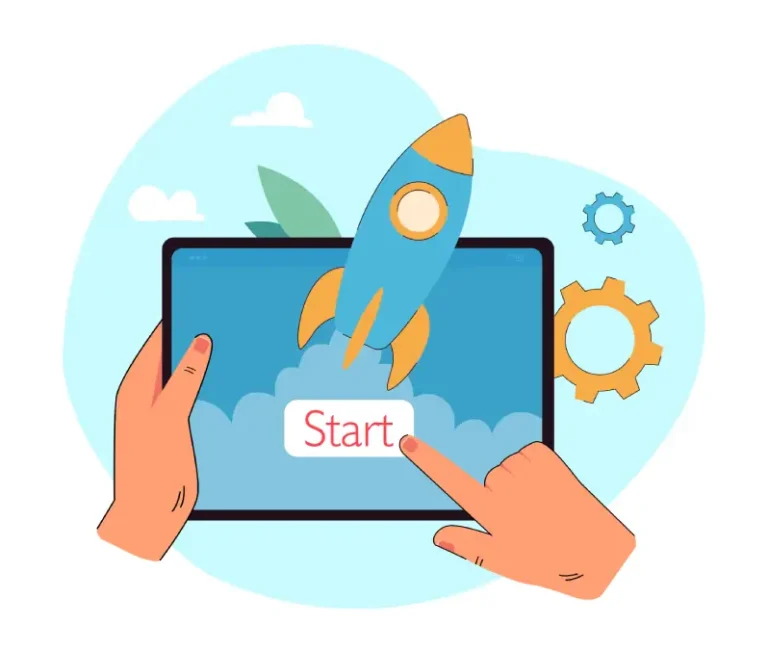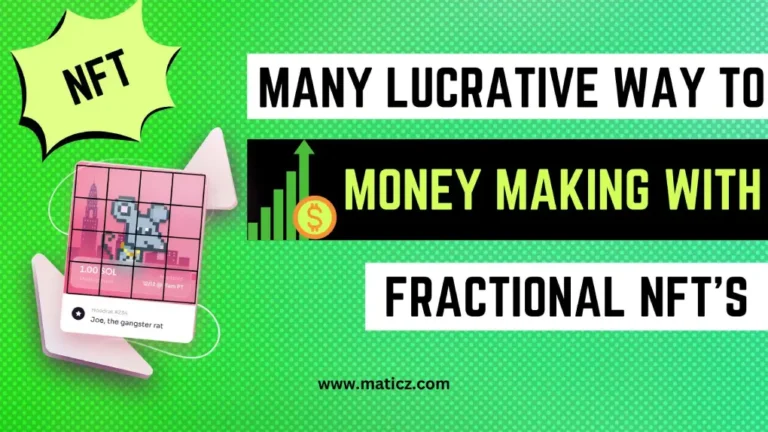Thanks to online technology, the future of experiential marketing is bright! However, experiential marketing isn’t all about whistles and bells. At the core, it aims to endear a brand to the consumer for imparting a positive experience that would translate into a profitable and lasting relationship.
The live-in person events make it easier for people to know more about offerings and products. Today, the COVID-19 virus is still spreading globally! And that forces the organizers to leverage their online arsenal to keep on securing returns and drawing customers. Also, immersive technologies such as AR (augmented reality), VR (virtual reality), and AI (artificial intelligence) play a crucial part in today’s experiential marketing domain. They will help to shape it in the forthcoming years.
According to YouGov2020, about 31% of Americans have attended product demos despite the pandemic outbreak, 17% have viewed the brand installations, and 20% have visited the pop-up shows. All things said experiential marketing concentrates on offering emotional, cognitive, sensory, and rational values to the consumer.Also, it generates audience participation in online, offline, and mixed settings.
Few experiential marketing trends that are essential.
The art installations
According to a YouGov study, close to 44% of the customers preferred to participate in outdoor events. It’s always interesting to entice the world through art installations. The experiential marketers are aware of this, as evidenced by several brand installations that created a huge buzz.
One of the best art installations got created by the team behind Cloudy, with Meatballs. If you have watched the trailer or the film, you will know that a science experiment leads to food raining. Hence, people in the animated movie notice all kinds of food falling from the sky.
So, what was the experiential marketing campaign for this film? It was substantial art installations of food sculptures that almost felt it fell from the sky. There was an ice-cream sculpture that resembled a scoop falling to the sidewalk from the sky. There was also an installation of a giant burger that got laid down on the stairs. All these art installations do grab public attention. There were signs of letting people know about these installations.
Most people love art installations. They want to take pictures and share them on their social media profiles. Hence, it can provide you with ample social media mileage when you have a successful art installation. It can create a buzz and increase your social media engagement. Many companies are opting in for these art installations.
Transformation and pop-ups
Similar to art installations, companies are also making use of transformation and pop-ups. One of the famous examples is the Sprite-themed shower on a beach. One of the most significant benefits of this is that people have used it to wash seawater after swimming. Hence, it helps the consumers relate the brand with the level of satisfaction they got from it.
Today, the leading brands are moving into complete transformations. For instance, the 20th Century Fox and Simpsons joined hands with 7-Eleven and changed the real store locations to a popular Kwik-E-Mart. It comprises functioning devices and sells food from the seminal show. The consumers have a chance to witness walking in Apu’s place and enjoy Buzz Cola and Lard Lad Donuts.
Such promotional stunts offer the customers a shareable and unique experience. It also generates traffic, engagement, conversations, and also sales. However, such transformations are costly, but there might be ways to organize them on a low scale.
The live spectator events
Live events are a core of experiential marketing. A single brand can execute it, and it can range from a book signing to a complete live concert. One of the ideal examples of live spectator events is the famous Vans Warped Tour by Kevin Lyman, which started in 1995 and lasted till 2019. It’s a music festival that connects bands to a young audience through music. It is a punk rock festival, and it has fuelled many bands like NOFX and Pennywise for years. Several brands got attached to this tour. Leading names like Samsung, Apple, and others have also sponsored live events. The brands also launched a music festival.
Considering the pandemic outbreak, most live events need to target an online audience instead of catering to an outdoor crowd. There have been brands and artists who have leveraged live streaming to conduct a show. For instance, Blackpink organized its first live stream concert back on YouTube with over 280,000 paying viewers.
It is worth opt-in for these online alternatives to make the most experiential marketing to your benefit. You need to create a spectacle that your target audience can appreciate and enable them to relate to your organization with a positive sentiment. The best part of these events is that it doesn’t have to connect with the brand directly.
Virtual experiential marketing
There are five elements of virtual experiential marketing (VEM). They are community relationships, flow, pleasure, interaction, and sense. Additionally, all these get used together to create a distinctive pleasurable experience that translates into evangelism and brand loyalty. Also, virtual experiential marketers use the internet to create auditory and visual tools to mediate between the customer and company. And these tools range from simple content to VR/AR experiences. Also, there are 6C’s for the same:
- Customization
- Content
- Convenience
- Customer Care
- Community
- Communication
Marketers need to create strategies for all these aspects. Hence, VEM can get accomplished using different online tools to generate an emotionally endowed cognitive attachment to brands in consumers. Also, it’s online marketing along with a UX design framework. The marketers design shareable experiences distinctive for the consumers to promote their brands and products.
Also, there’s not a single way to do this! Some organizations improve their online experiences by offering readable content. Others add infographics, short videos, manuals, e-books, and other media types.
Experiential marketing has a promising future! These are some of the critical trends that will shape up this domain of marketing.




